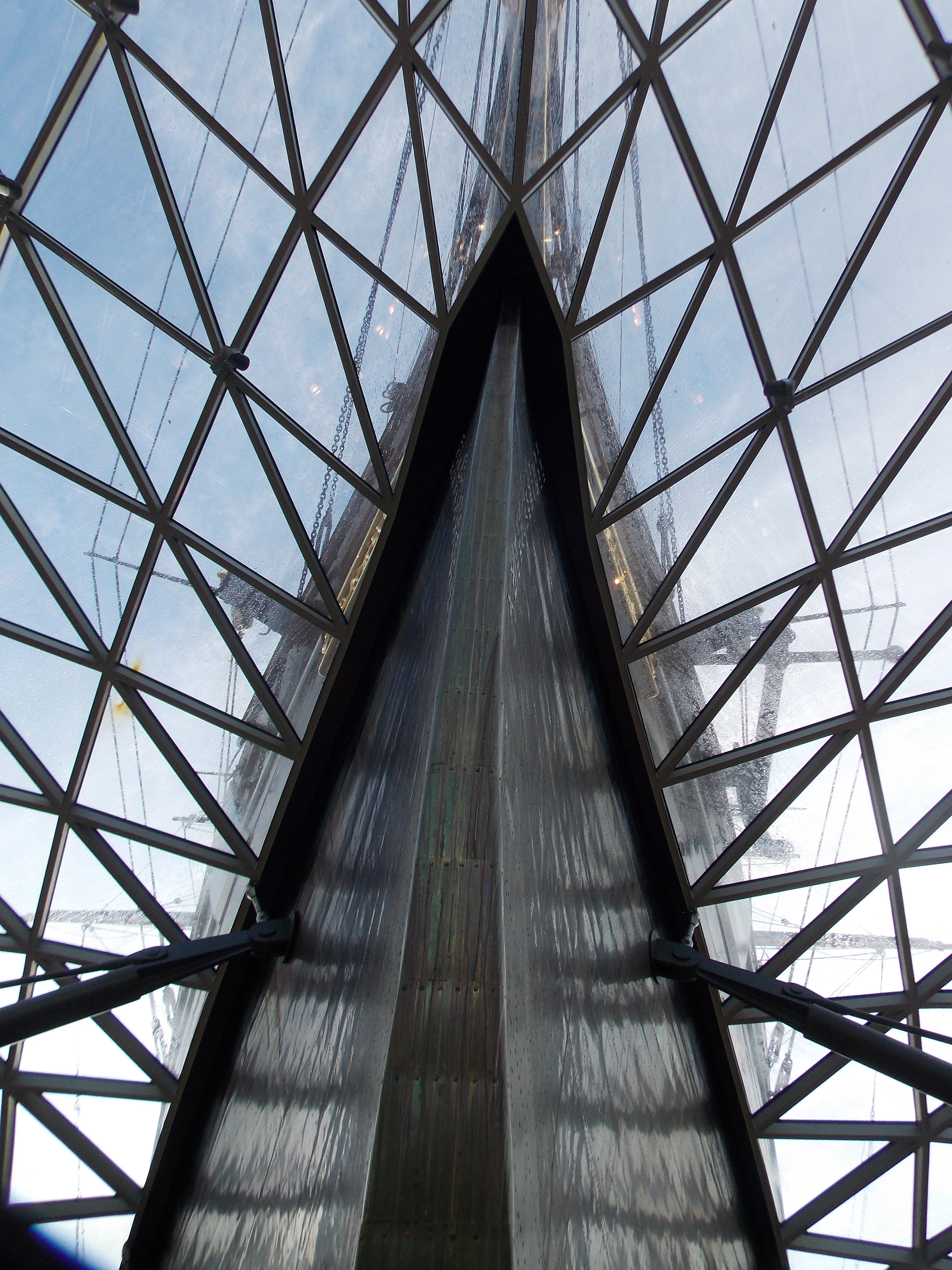

the ultimate run-away train! No matter how impossibly big it is, it just grew infinitely bigger in the past second.
retired engineer, former sailor, off grid, gamer, in Puerto Rico. Moderating a little bit.


the ultimate run-away train! No matter how impossibly big it is, it just grew infinitely bigger in the past second.


maybe space is the graviton field itself(!), but maybe there is a graviton field (or is it the Higgs field?) and gravitons (and Higgs particles?) are excitations of that field; like other particles are excitations of their various postulated quantum fields


I have plain ol’ Ubuntu LTS and I do not recall a Steam crash in a decade. Playing with Nvidia GPU on AMD Ryzen in recent years.


I am investigating some components of a system to make biochar with a solar concentrator but it is slow going. My idea is to circulate molten salt through the focus zone of a double-parabola channel. This focuses heat on the target pipe for a broad range of sun angles with no tracking. I have read that a eutectic mix of sodium carbonate and potassium carbonate (aka soda ash and potash, respectively) has a melting point under 500C, and fast pyrolysis is possible with molten salt at this temperature. I am trying to find information about electromagnetic pumping (aka magnetohydrodynamic pumping, just like Red October!) but there are very few such devices sold - mainly for continuous metal casting, apparently. If molten salt could be heated by sun and fast pyrolysis could be done (which makes a larger fraction of pyrolysis oil than slower processes would do), then there would be very little emissions and very little waste heat I think. Still some steam I suppose.


Yes, that would be infuriating.


In my experience with limited diets, it is always advisable to take in as much variety as possible. So even if I only had milk and potatoes, for example, I would scavenge for some edible greens to add. Nutrition is not just about amino acids - there is a whole range of vitamins, minerals, and other less well known substances in foods that keep us healthy. I think if a person is down to having only one of your listed parings available to eat, they have a lot of problems to solve!
I lived a number of years in the rural Dominican Republic, and befriended some very poor Haitians who migrated there illegally. They subsisted on rice and beans to a great extent, but substituted a variety of other starch vegetables (green banana, various root vegetables, bread) when they could - and also learned through community collaboration, which wildly growing green plants were palatable. They would also sometimes buy the local “sausage” which contained about 10% meat byproducts, and the rest was mostly rice with probably some corn and other grains and spices). My point is that nobody reading this is ever likely to be as destitute as an illegal Haitian living off the land, but they still ate a somewhat varied diet.


Governments have always hired “contractors” for various services. So having some interactions with private business in the course of government dealings is not new. But there has been more privatization of services in the past century and I think particularly in the last few decades. In some respects, privatization can be a more economical way for a government to deliver a service - despite that the private company extracts a profit. But there are also many examples of privatization leading to excess costs. I think personally that privatization causes some of the same symptoms in the private firm as having monopoly power.
But the power of the government to coerce your cooperation undoubtedly extends to their hired minions.
Yes, the house here in Puerto Rico is also off-grid (though we have a connection available, just not in use). We moved in 2021, thinking the house would be very easy to sell, but we’ve never been able to get a real estate agent – it is too far out in the country! I had no idea Dominican real estate agents were so well off!


Sometimes it feels like the phrase “offgrid living” is almost entirely an American-English phrase. There are some UK-based off-grid discussion, but more than 90% of the time when I’d see this expression on reddit, there was an implicit assumption of US-centeredness. I lived off-grid a substantial portion of my life and it has almost all been outside the USA. So while I applaud those who manage to escape grid-dependence in the USA, for a person thinking of how to do it; I want to remind them that the first simplifying step can sometime be to simply go somewhere it is more easily achieved.
If you are not actually boiling the water during heating season, then just warming it is actually going to increase bacterial growth rather than decrease it. Also, heating will cause convection currents in the tank which will act to stir sediments.
Agreed. I am adding a relay to my system that will alert me and enable grid-power and battery charging when my LiFePO4 battery bank drops below 50V. One would expect that inverter manufacturers would include such a feature in inverters, or at least in the system control panels that one must pay extra to have, but there is nothing like that in my lousy Schneider system except one aux output on the MPPT controller. I sometimes feel I am using their equipment in a way they never dreamed it would be used.
Thanks! Great info. You are right, I have lifepo4’s -two sets of 4x12V paralleled. There is an app with them to check the internal cell voltages, overall voltage of each unit, state of charge and number of cycles.
You mention the big current that can arise from paralleling batteries - are you suggesting a series-parallel wiring? I have had a lead-acid bank like that previously with cross-connections between series groups at each voltage level. Those cables were usually carrying small currents when all the batteries were in good condition. In a healthy lifepo4 bank with voltages even, could I set that up and would it help? Would a load resistor help (it normally would only see small voltage drops on the order of 0.1 or 0.2 volts, so a load resistor of a few ohms would pass very little current. I have also asked this question to the battery vendor. Awaiting their reply.
When I purchased the first four batteries, I bought a “balancer” from the vendor (KiloVault via AltEStore), but after a year it melted and they said a)it was no longer sold, b) it was not necessary, and c)I could have my money back. So that was fine. But now I am thinking it is time to look into this balancer concept again! I dabbled with an Arduino one time, but I hope there will be an off-the-shelf solution.
When the rain is on the way from the roof drains to the storage tank, make it go through a tee with the side of the diverted to a first flush drum. When rain starts to flow, it will go into the first flush receiver first, but once that is full, water will back up in the pipe and then water can continue on its way to the storage tank. Every house is a little different so how that is arranged is a little pipe engineering puzzle. I used a closed-top drum, and provided a vent pipe that extended up above the roof drain pipe. So the drum filled completely to the top. Note that the PRESSURE of water depends on the height of the water column, not the amount of water, so if the vertical pipe down to that sealed drum were too great, the pressure could make the drum rupture (even if the pipe to the drum were only a small diameter).
I had a drain valve for the bottom of the drum. After it had stopped raining and a day or two passed and no more rain - I would drain it, then close the drain to be ready for the next rainy period.
I used HDPE plastic for my drum. I bought a galvanized pipe niple the same size as the PVC pipe I was going to use for my piping system. I cut four slots across the threads with a side-grinder, so I could bend the threaded part of the niple into a little more of a taper, and used that invention as a thread-cutting tool. I drilled a hole into the drum with a hole saw a little smaller than the PVC adapter, then screwed in the modified pipe niple to cut threads. After that, I could screw in the PVC adapter with some teflon tape. They make fittings called “bulkhead” fittings for connecting pipe to a tank, but they are expensive.
Excellent; this seems to show my system has a high reliability, as I have observed, and at the most severe conditions, about 10% or 15% reserve capacity. I expect to have an EV later this decade, and my existing house system will not provide for that. I may need a stand-alone system for EV charging, or some EVs have their own charging (Aptera looks attractive, there may be others?) I haven’t figured it out yet.
Swimming pools are normally constructed empty. They were withstanding surrounding soil before they were filled, and concrete strength increases with age (for about 90 days, typically). On the other hand, a sunken structure like a pool that is roofed over, becomes a “confined space”. Unlike a typical structure, heavier-than-air gases cannot escape from the pool. Such gases could originate from the drain system or flow from leakage outside the pool area. For examples, leaking propane or various gases from sewer lines in the vicinity. A sunken greenhouse would almost certainly be a building code violation for that reason. If you build it, ventilate it by means both active and passive and do not enter if you can’t verify that ventilation is working.